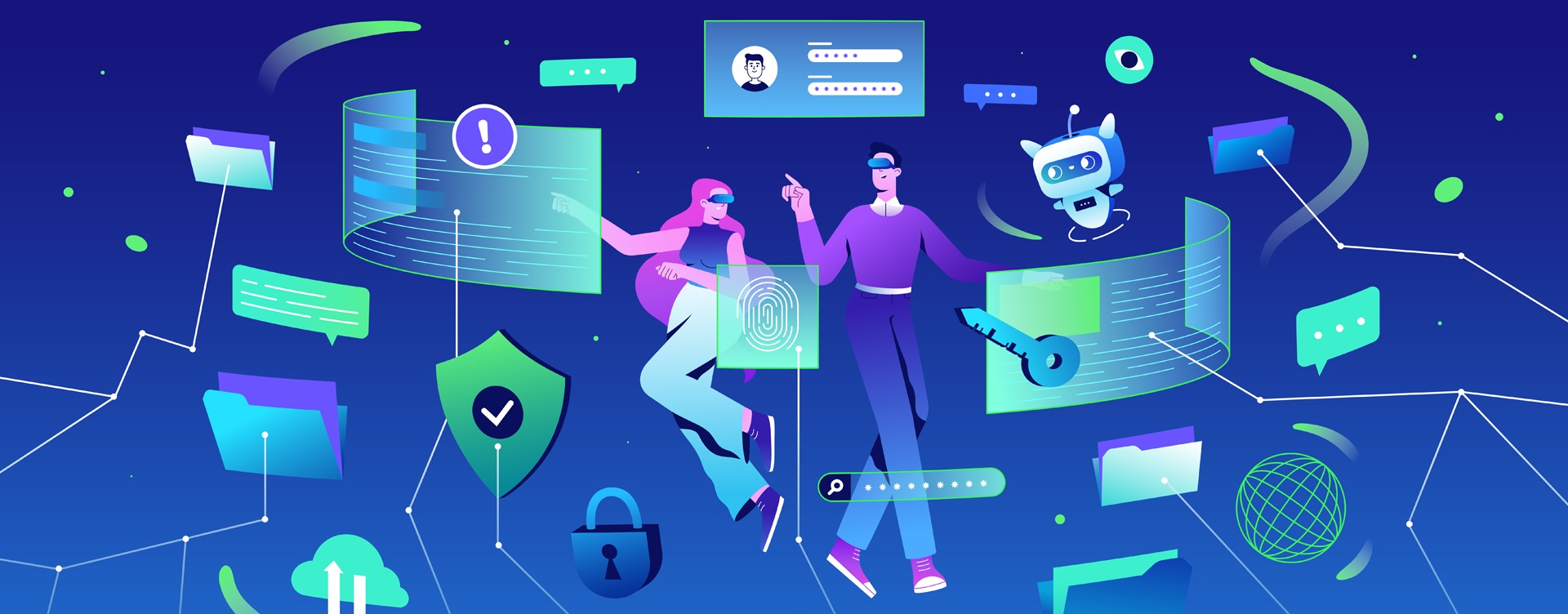Microsoft 365 Business Premium: Why It Is the Best All In One Plan for Small and Mid Sized Companies
Menu Home Our Services Artificial Intelligence (AI) Automation Solutions Custom IT Solutions Cybersecurity Managed IT Services (MSP) About Us Blog Contact Us Back to Blog Microsoft 365 Business Premium:Why It Is the Best All In One Plan for Small and Mid Sized Companies November 25, 2025 Choosing the right Microsoft 365 subscription is one of the most important decisions a business can make. With so many plans available, companies often struggle to understand what they truly need and what will give them the strongest combination of productivity, security, and long term value. For most small and mid sized organizations, the plan that consistently stands out as the most complete, most practical, and most protective option is Microsoft 365 Business Premium. This plan delivers an ideal balance of powerful collaboration tools, intelligent security features, and streamlined device management. As a Microsoft Partner, 101 IT helps businesses choose and configure this plan so they can operate smoothly, securely, and efficiently without unnecessary complexity. Microsoft 365 Business Premium brings together all the essential productivity applications that businesses rely on daily. Companies get access to Microsoft Teams for communication, SharePoint and OneDrive for secure file storage, and the full suite of Office apps including Word, Excel, PowerPoint, and Outlook. These tools work together to create a well connected environment for any organization, allowing teams to collaborate from anywhere with fast access to the documents and conversations that drive projects forward. The cloud based structure ensures that files are always synced, always backed up, and always available, which eliminates the traditional issues of missing documents, outdated versions, or storage failures. What truly sets Microsoft 365 Business Premium apart is its strong focus on built in security. In today’s landscape, every company, regardless of size, must protect its devices, identities, and data from constant cyber threats. Business Premium includes advanced protections that smaller plans simply do not offer. Multi factor authentication, Conditional Access, secure identity monitoring, and data loss prevention work together to safeguard accounts and information. These are not optional add ons. They are essential tools that significantly reduce the chances of unauthorized access or damaging data breaches. Business Premium also includes Microsoft Defender for Business, which offers endpoint detection and response features that help protect laptops and mobile devices against malware, suspicious behavior, and targeted attacks. For many companies, this level of security is the reason Business Premium quickly pays for itself. Device management is another area where Business Premium provides tremendous value. With Microsoft Intune, businesses can control how company owned and personal devices access data. This is especially important for organizations with remote workers or staff who use their own devices for work. Intune allows administrators to configure security settings, enforce compliance rules, deploy applications, and wipe sensitive information from lost or stolen devices. This ensures that business data stays protected even when it leaves the office. For growing companies that cannot afford a large internal IT team, this type of centralized management is a major advantage. It keeps everything organized and reduces the chance of misconfigurations that can lead to security gaps. As a certified Microsoft Partner and Pax8 Partner, 101 IT guides businesses through every step of adopting Microsoft 365 Business Premium. We help clients understand the plan’s full capabilities and configure it according to their environment. Many businesses purchase Microsoft 365 without knowing how to properly set up its security features. Our job is to ensure that everything is installed, activated, and aligned with best practices. We create security policies, configure Conditional Access rules, enroll devices in Intune, and help teams work smoothly with Microsoft Teams, SharePoint, and OneDrive. We also ensure that licensing remains optimized over time so clients do not pay for unused or unnecessary subscriptions. Business Premium also supports Zero Trust security principles, which means it does not assume that any user or device is automatically safe. Every access request is verified, every device is evaluated, and every action is monitored for unusual behavior. This strengthens a company’s security posture and helps protect critical workloads. For businesses in healthcare, finance, legal services, education, or any industry with strict data requirements, this level of built in protection is extremely valuable. Another advantage of Microsoft 365 Business Premium is that it is easy to scale. Companies can add or remove users at any time without complicated contracts or infrastructure changes. As the business grows and roles evolve, Business Premium adapts quickly. It is a long term and reliable solution that prevents companies from needing multiple separate tools for email, storage, antivirus, and device management. Everything lives within one ecosystem, which makes operations smoother and reduces costs. At 101 IT, we believe Microsoft 365 Business Premium offers the strongest combination of productivity, security, and manageability for small and mid sized businesses. Our role as a Microsoft Partner is to simplify the entire process. We assess each organization’s environment, recommend the best configuration, and manage the full lifecycle of the licenses. We also monitor the environment over time and make adjustments as the business evolves. We handle provisioning, renewals, upgrades, and policy maintenance, giving your team more time to focus on daily operations instead of managing software. Microsoft 365 Business Premium gives businesses a modern and secure foundation for communication and collaboration. It offers all the essential tools employees need combined with the advanced security features organizations rely on to protect their data. With guidance from 101 IT, companies can take full advantage of everything this plan has to offer without the usual confusion or guesswork. By choosing Business Premium, your company gains a reliable, scalable, and security focused solution that will support productivity and growth for years to come. Enjoyed this article? Share it with your network! Get in Touch with Us Ready to elevate your IT? Whether you’re in the Greater Toronto Area (GTA), Ontario, or anywhere across Canada, we’re here to help your business grow and thrive. Let’s start the conversation today! Contact Us Today Copyright © | Powered by










